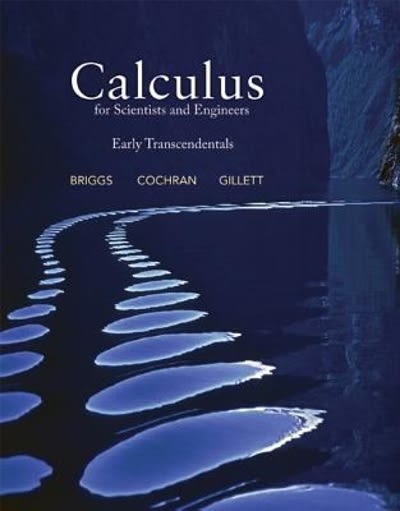The comprehensive Test of Basic Skills (CTBS) is used by school districts to assess student progress. Two of the areas tested are math and reading. A random sample of student results was reviewed to determine if there is an association between math and reading scores on the CTBS. Here is the regression analysis of the data. Dependent variable is: Reading CTBS R-squared=79.2% R-squared (adjusted) = 78.1% $=6.574 with 20-2=28 degrees of freedom Source Sum of Squares df Mean Square F-ratio Regression 2969.3 1 2969.3 68.7 Residual 777.905 18 43.2169 Variable Coefficient s.e. of coefficient t-ratio prob. Constant 5.23273 5.971 0.876 0.3924 Math CTBS 0.865835 0.1045 8.29 $0.0001 a) What is the estimate for true y-intercept? Interpret this value. b) What is the estimate of the true slope? Interpret this value c) What is the estimate for the true standard deviation of the regression? Interpret this value. d) What is the standard error of the slope? Interpret this value. If there is no seasonal effect on human births, one would expect equal numbers of children to be bom in each season (winter, spring, summer, and fall). A student takes a census of her statistics class and finds that of the 120 students in the class, 26 were born in winter, 36 in spring, 32 in summer, and 26 in fall. She wonders if the excess in the spring is an indication that births are not uniform throughout the year. Complete parts a) through c) below. a) What is the expected number of births in each season if there is no "seasonal effect" on births? One should expect [ births in winter, in spring, [ in summer, and ] in fall. (Type whole numbers.) Help Me Solve This If there is no seasonal effect on human births, one would expect equal numbers of children to be born in each season (winter, spring, summer, and fall). A student takes a census of her statistics class and finds that of the 120 students in the class, 27 were born in winter, 37 in spring, 30 in summer, and 27 in fall. She wonders if the excess in the spring is an indication that births are not uniform throughout the year. Complete parts a) through c) below. a) What is the expected number of births in each season if there is no "seasonal effect" on births? Every model gives a hypothesized proportion for each cell. The expected value of a cell is the product of the total number of observations and this proportion. What is the hypothesized proportion for each cell in a uniform distribution with four categories? [34] (Simplify your answer.)







